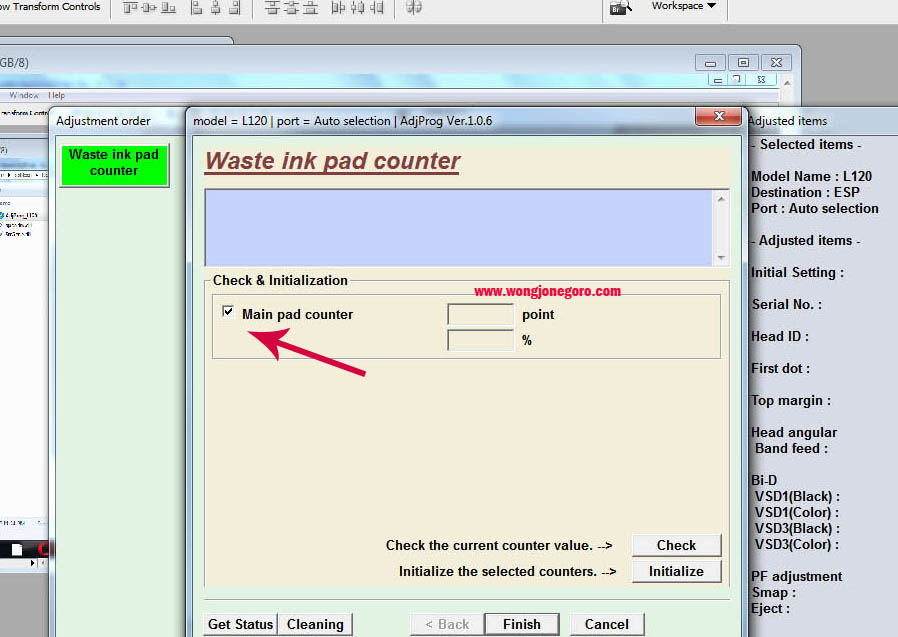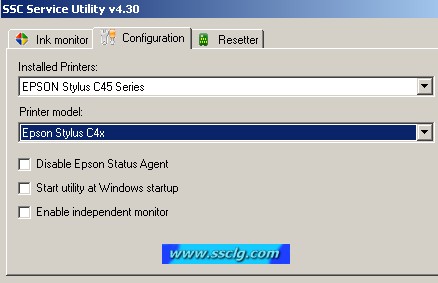

However, according to the academic research and science communication literature, in fact, audiences do not always participate in the online dissemination: Audience engagement in online science content is transient and brief ( Thaler et al., 2012), and institutions lack clear plans for the goals and expected outcomes of online communication ( Bik et al., 2015). Therefore, science organizations and scientists show limited influence on social media ( McClain, 2019), which further highlights the importance of audiences acting as “communicators” and disseminating science content on social media.
SSC SERVICE UTILITY 4.50 PROFESSIONAL
Meanwhile, the science communication ecosystem is seen fragmented, with numerous interfaces where professional science communicators and new science communication actors interact with audiences in myriad ways ( Bubela et al., 2009 Rutsaert et al., 2013). Moreover, research has shown that scientists often approach their engagement work through a narrow set of skills and considerations ( Franks et al., 2013 Peters, 2013 Grand et al., 2015 Dudo and Besley, 2016 Besley et al., 2018 Yuan et al., 2018). And these could in turn lead to a decline of trust in similar communicators or scientists on the platform ( Dermentzi and Papagiannidis, 2018 Hara et al., 2019 Jones et al., 2019 Sajeev et al., 2019). By evaluating and selectively disseminating the message originally posted by an organization or a scientist, audience can help circulate information to a wider group than the organization’s own pool of followers, thus facilitating new rounds of discussions and greatly enhancing science communication effectiveness ( Boyd et al., 2010 Lovejoy and Saxton, 2012 Hermida et al., 2014 Su et al., 2017).Ī growing body of research shows that scientists consider public communication in a relatively simple way ( Davies, 2008 Jensen et al., 2008 Peters et al., 2008 Dunwoody et al., 2009 Nisbet and Markowitz, 2015 Besley et al., 2016 Choi and Kim, 2020), indicating that communicators’ interaction with their audience in the digital public sphere requires more cautiousness for fear of criticism and personal attacks, or being framed by suggestive questions and potentially receiving low-quality comments from audience. More importantly, social media extends the traditional role of audience, typically providing them with roles of the “audience” or the “communicator,” or both of them, according to the stage they are in, as shown in Figure 1. And audiences can engage with these updates through a few ways, including “Like,” “Comment,” “Share” and “Repost” ( Hwong et al., 2017). For example, institutions and scientists can share their research on Twitter, Instagram, WeChat, and Weibo in a direct and instantaneous fashion ( Lee and VanDyke, 2015). Compared with the traditional science communication platforms, social media is recognized as a more efficient one for science communicators and audiences due to its advantages of widespread, faster speed, deeper interactivity and visibility ( Lee and VanDyke, 2015 Su et al., 2017 Lee et al., 2018). With social media, science communication practitioners’ work has become increasingly fast-paced-leaving less time for investigation, storytelling and curating what information should be disseminated ( Massarani et al., 2021). For a long time, science organizations and scientists have been delivering knowledge to audiences through science cafes ( Dallas, 2014), science festivals ( Jensen and Buckley, 2014 Boyette and Ramsey, 2019 Nielsen et al., 2019), Web and e-mails ( Duke, 2002), etc.

The rise of social media has dramatically transformed the way the audiences engage or interact with science communicators.


 0 kommentar(er)
0 kommentar(er)
